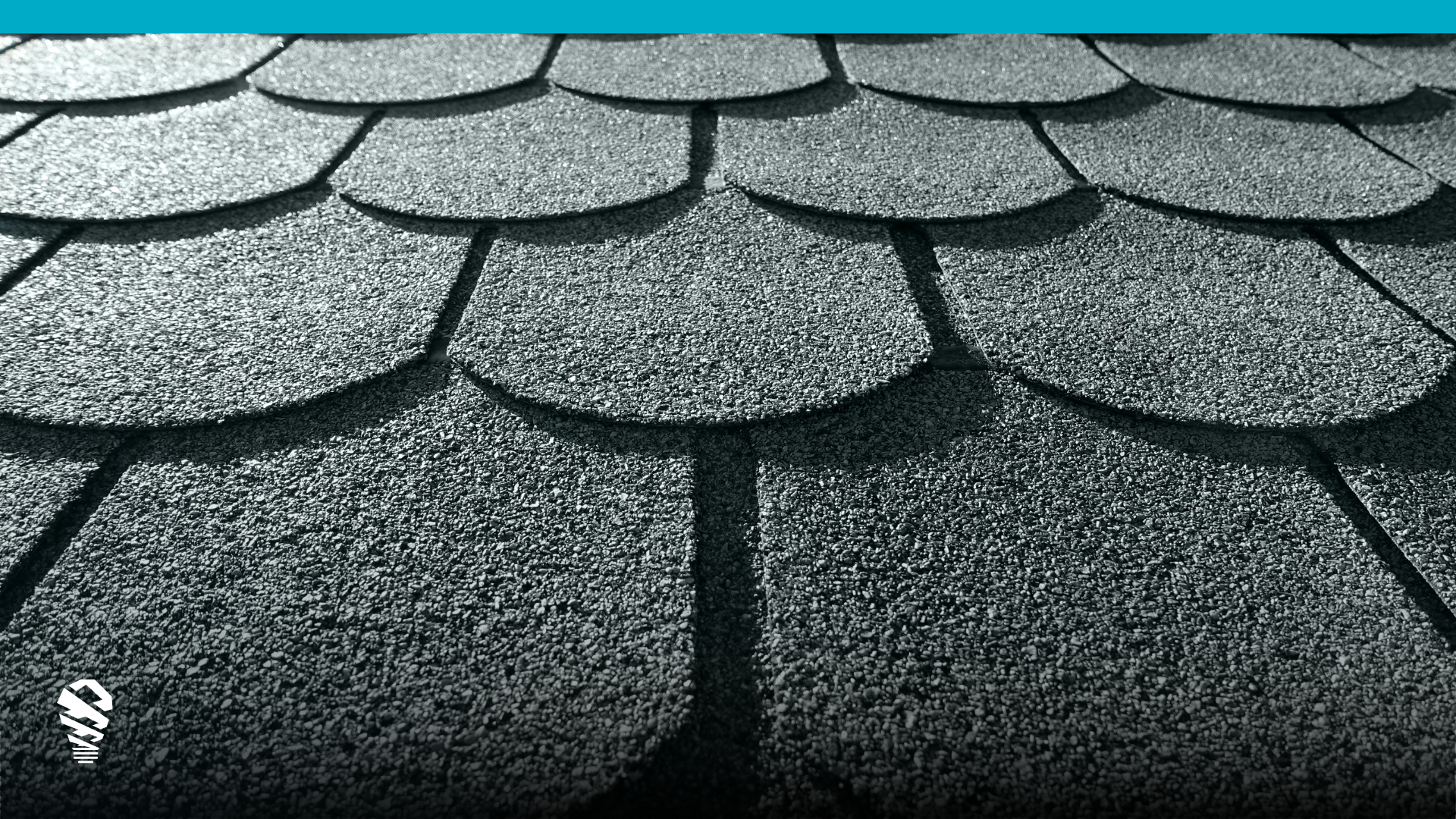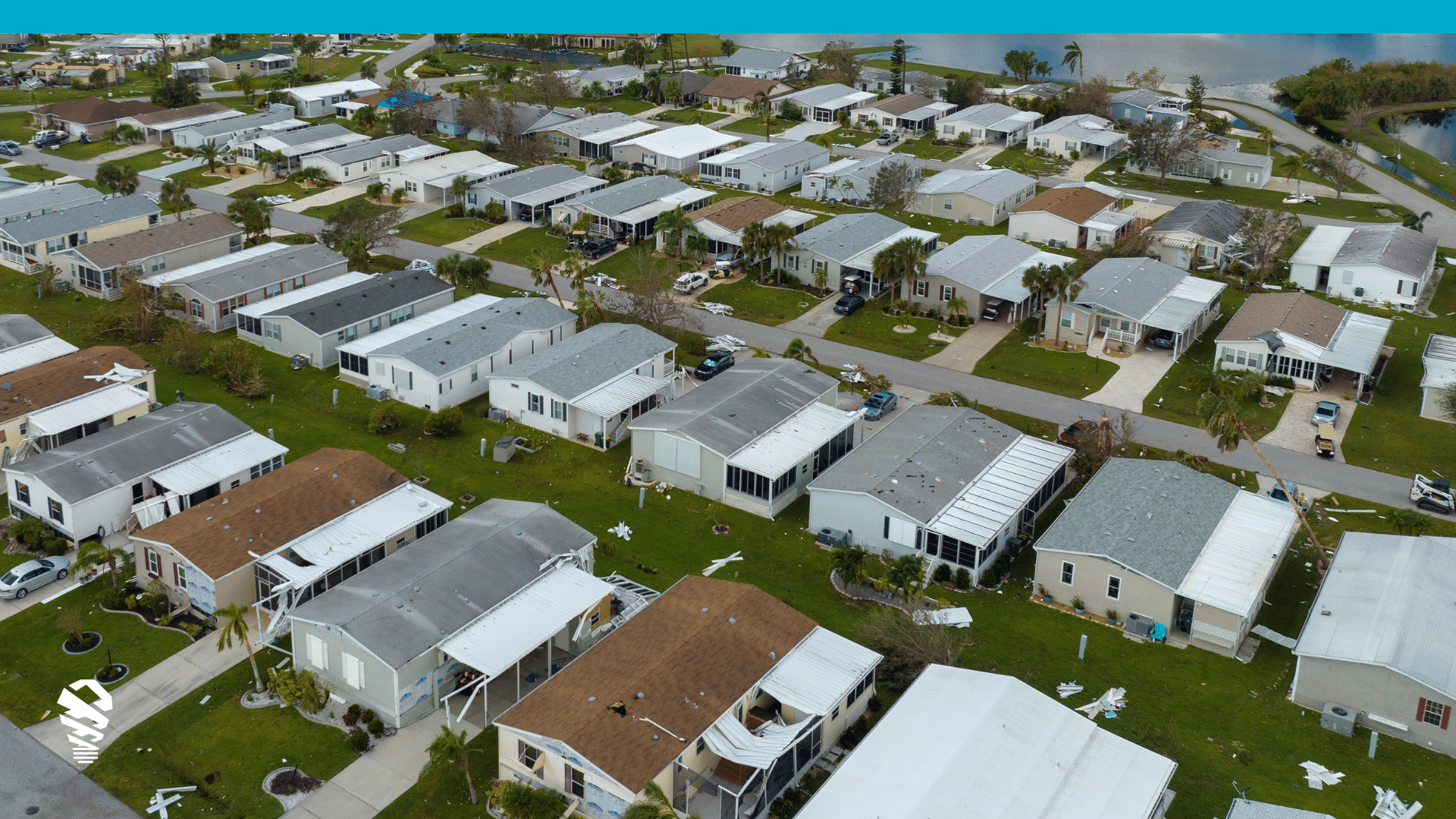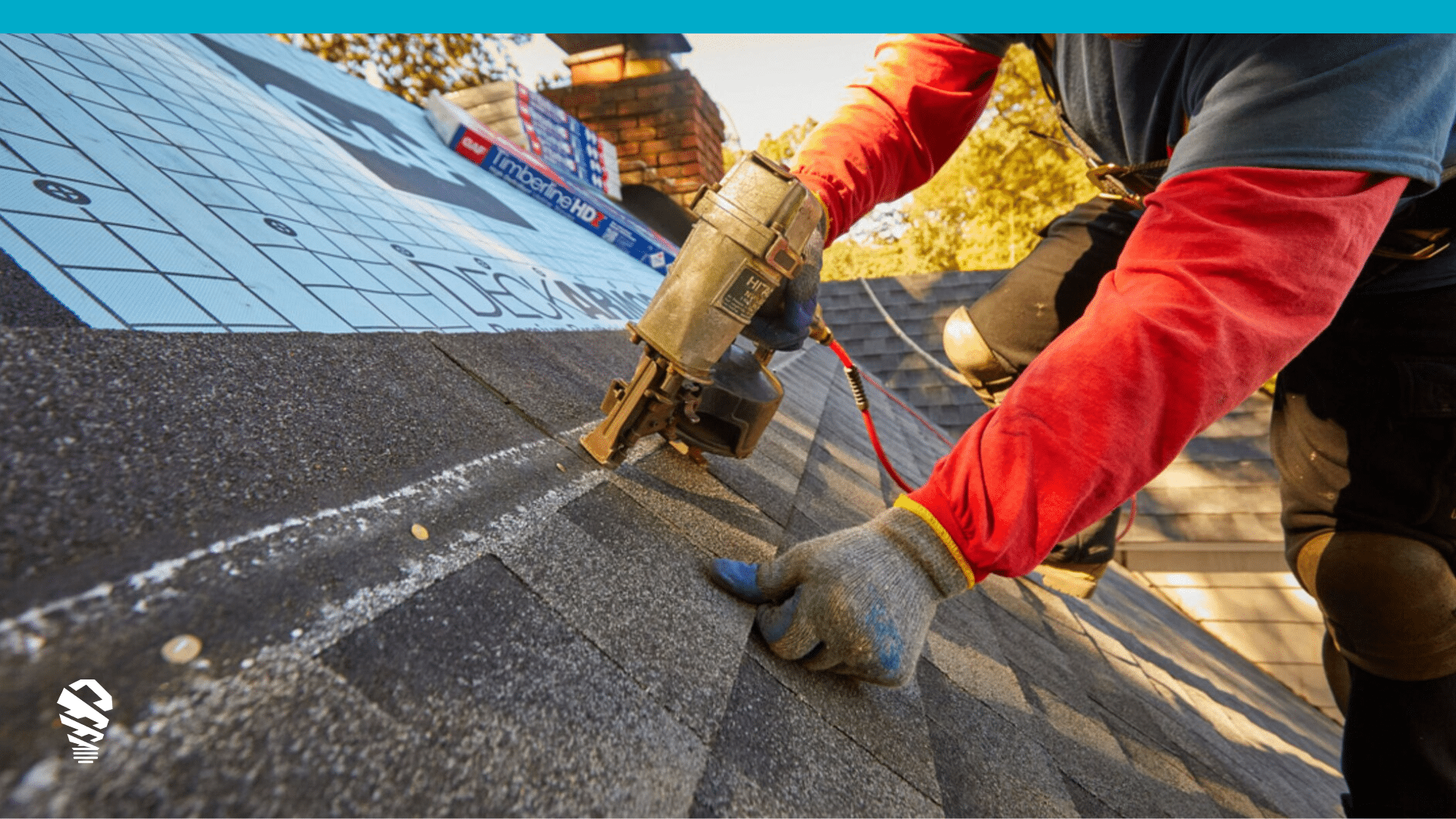Among some roofing contractors there’s a level of uncertainty when they think about using drones for roof estimates. Drones are still new technology, and some of the hesitation may come from the fact that up until recently, drones were either toys kids play with or weapons used by the military, but that’s all changed. Drones have matured into awesome and practical tools any roofing company can use to keep estimators safer and more efficient. It’s normal to have questions when it comes to new tools and technologies, but let’s address some of the main concerns roofers have when it comes to drones.
“I Don’t Know How to Fly”
Part of the reason roofers are hesitant to use drones is because they’ve never flown them. But like new drivers hitting the road for the first time, flying a drone is an exciting and fun experience, even if it’s a little intimidating at first. Plus, with many of the latest drone solutions, you don’t need to be an experienced pilot to use them. With automated flight plans, obstacle avoidance sensors, and other innovative features, some drone solutions are easy enough for a novice to use safely and effectively. Some pilots might be unfamiliar with the technology, so practice is key. Everyone who uses drones should aspire to become as proficient as possible, but everyone learns differently and at varying rates. Thankfully, technological innovations can help rookie pilots avoid hiccups and do their jobs effectively.
“I Don’t Know About the Regulations”
To operate most vehicles, people need to pass a test and prove that they are aware of the rules that come with operating that vehicle. Much like aspiring drivers learning the rules of the road, prospective drone pilots must earn a remote pilot certificate to fly drones commercially (i.e. for roofing estimates). To earn that certificate, future pilots need to pass the FAA Part 107 aeronautical knowledge test. which is designed to make sure prospective pilots are educated and aware of the rules and regulations of flying drones. This might seem daunting, but learning about drone regulations and studying for the Part 107 exam doesn’t have to be a hard thing. There are great resources provided by the that will prepare you for the test and get you flying in no time.
“I’m Not Tech Savvy”
Drones, like all new technology can seem complex and foreign but this isn’t new. For example, smartphones are a relatively new technology that are intuitive enough for anyone to use right out of the box. People confidently use smartphones every day to help them with numerous tasks. Those same confidence levels can be achieved when using drone technology with enough experience. Plus, the modern drone user doesn’t necessarily need to be the greatest pilot ever. There are several options for roof measurement software and apps that integrate with drones to do things like map flights, monitor progress and fly automatically to gather the necessary data. Pilots still need to have appropriate certifications and should be able to fly manually should they need or want to, but many modern drone solutions fly almost hands-free.
“What If I Crash?”
All drone pilots should strive to control what they can control. They need to do their best to fly their drones properly and adhere to all the requirements outlined in Part 107. It’s also important for pilots to be engaged during flight, to maintain visual line of site, and be prepared to take over an automated flight at any time. Pilots can also reduce risk by conducting regular maintenance checks and keeping an eye on weather reports so they can be sure conditions are ideal for safe flying. It’s important to know that drone crashes are rare and preventable when pilots abide by Part 107 guidelines, understand emergency procedures (like return-to-home functions) and are engaged and vigilant while flying.
Conclusion
Drones are far from flying robots from outer space. Much like the tape measure and ladder, they perform the practical task of inspecting a roof. They gather measurements and other necessary information for a roofing contractor. Drones are just another tool used to perform those same tasks more efficiently with more accuracy and safety.
Curious how automated drones might help your roofing business? Check out this page.

![How to Measure a Roof With a Drone [Updated April 2023]](https://www.lovelandinnovations.com/wp-content/uploads/2024/04/How-to-Measure-a-Roof-With-a-Drone-Updated-April-2023.png)





